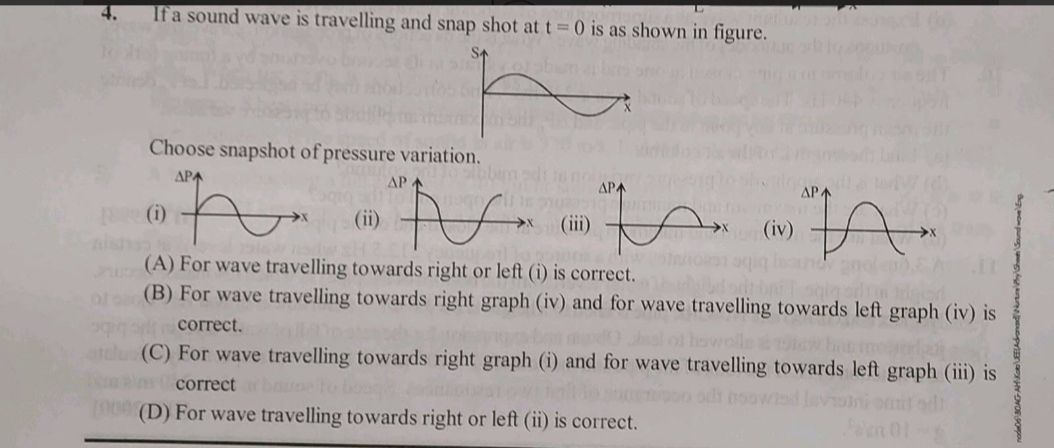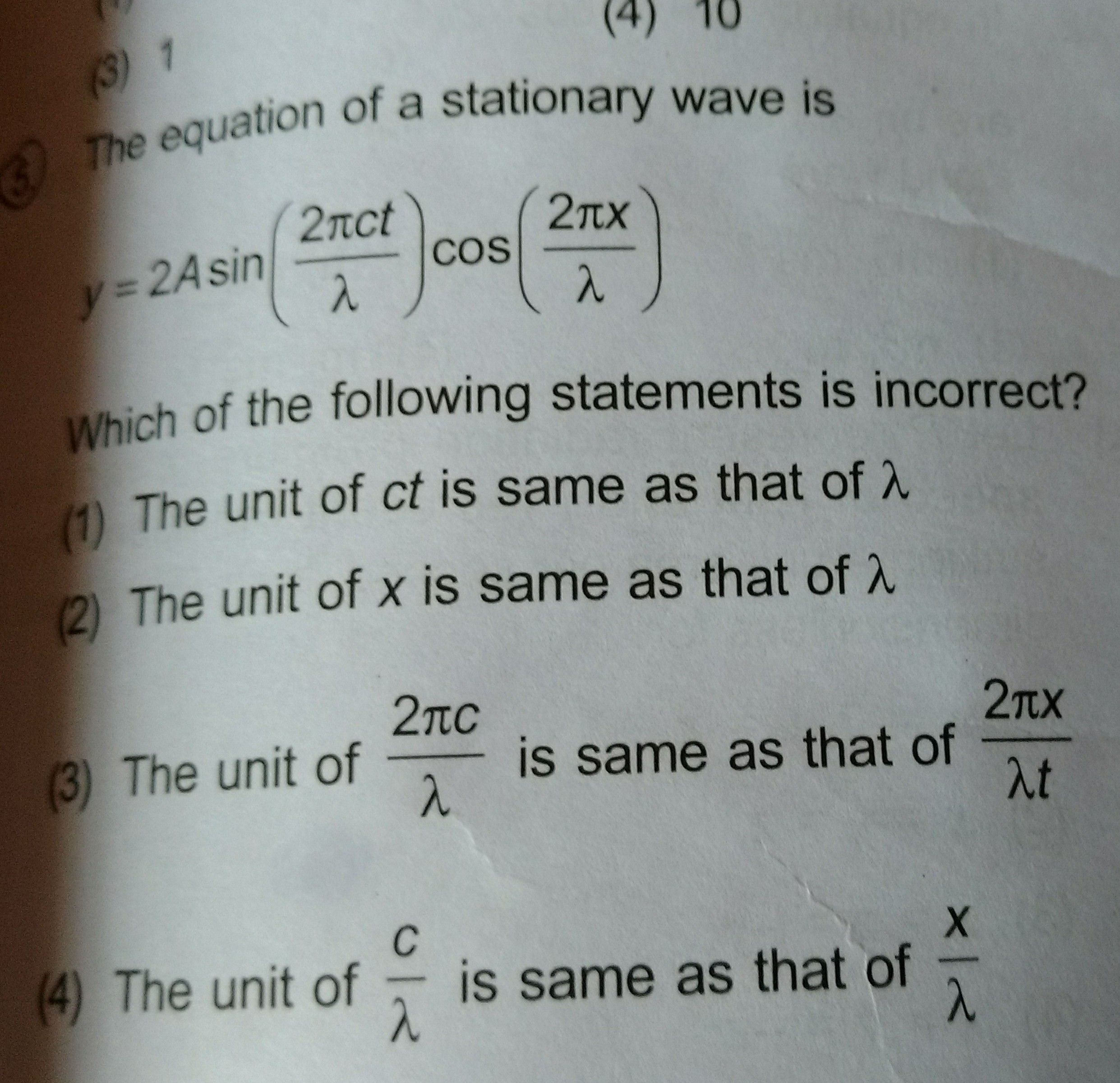CBSE Class 11-science Answered
Mode of Vibration
A mode of vibration is a characteristic pattern or shape in which a mechanical system will vibrate. Most systems have many modes of vibration, and it is the task of modal analysis to determine these mode shapes. The actual vibration of a structure is always a combination or mixture of all the vibration modes. But they need not all be excited to the same degree. For instance, if a bell is rung softly, we hear primarily the fundamental mode of vibration, but if it is hit harder, other modes are excited, and we hear the upper partials of the tone.
A characteristic manner in which vibration occurs. In a freely vibrating system, oscillation is restricted to certain characteristic frequencies; these motions are called normal modes of vibration.
An ideal string, for example, can vibrate as a whole with a characteristic frequency, where L is the length of string between rigid supports, T the tension, and m the mass per unit length of the string. The displacements of different parts of the string are governed by a characteristic shape function. The frequency of the second mode of vibration is twice that of the first mode. Similarly, modes of higher order have frequencies that are integral multiples of the fundamental frequency.
Because the frequencies are in the ratios 1:2:3 , the modes of vibration of an ideal string are properly called harmonics. Not all vibrating bodies have harmonic modes of vibration, however A multiple of a fundamental frequency occurring at the same time. For example, if the fundamental frequency is 1 kHz, the first harmonic is 1 kHz, the second harmonic is 2 kHz, and so on. Musical instruments oscillate at several frequencies, which are called "overtones." The first overtone is actually the second harmonic, and so on.
STANDING WAVES-
In pysics, a standing wave also known as a stationary wave is a wave that remains in a constant position.
This phenomenon can occur because the medium is moving in the opposite direction to the wave, or it can arise in a stationary medium as a result of interference between two waves traveling in opposite directions. In the second case, for waves of equal amplitude traveling in opposing directions, there is on average no net propagation of energy.
In a resonator, standing waves occur during the phenomenon known as resonance.









